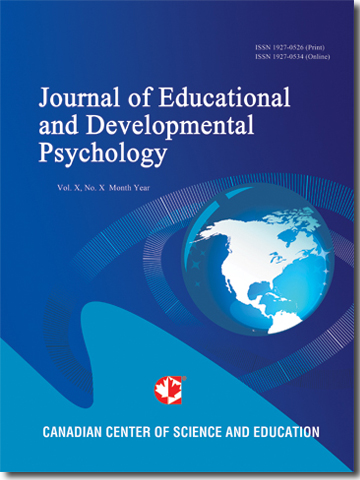Learning a Second Language Naturally the Voice Movement Icon Approach
- Manuela Macedonia
Abstract
Second language (L2) instruction greatly differs from natural input during native language (L1) acquisition.
Whereas a child collects sensorimotor experience while learning novel words, L2 employs primarily reading,
writing and listening and comprehension. We describe an alternative proposal that integrates the body into the
learning process: the Voice Movement Icon (VMI) approach. A VMI consists of a word that is read and spoken
in L2 and synchronously paired with an action or a gesture. A VMI is first performed by the language trainer and
then imitated by the learners. Behavioral experiments demonstrate that words encoded through VMIs are easier
to memorize than audio-visually encoded words and that they are better retained over time. The reasons why
gestures promote language learning are manifold. First, we focus on language as an embodied phenomenon of
cognition. Then we review evidence that gestures scaffold the acquisition of L1. Because VMIs reconnect
language learning with the body, they can be considered as a more natural tool for language instruction than
audio-visual activities.
- Full Text:
 PDF
PDF
- DOI:10.5539/jedp.v3n2p102
Journal Metrics
(The data was calculated based on Google Scholar Citations)
1. Google-based Impact Factor (2021): 1.11
2. h-index (December 2021): 29
3. i10-index (December 2021): 87
4. h5-index (December 2021): N/A
5. h5-median (December 2021): N/A
Index
- Academic Journals Database
- CNKI Scholar
- Copyright Clearance Center
- CrossRef
- Elektronische Zeitschriftenbibliothek (EZB)
- EuroPub Database
- Excellence in Research for Australia (ERA)
- Harvard Library
- Jisc Library Hub Discover
- JournalSeek
- JournalTOCs
- LIVIVO (ZB MED)
- LOCKSS
- MIAR
- Open Access Journals Search Engine(OAJSE)
- PKP Open Archives Harvester
- Publons
- ROAD
- Scilit
- SHERPA/RoMEO
- Standard Periodical Directory
- Stanford Libraries
- Technische Informationsbibliothek (TIB)
- UCR Library
- UoB Library
- WorldCat
- Zeitschriften Daten Bank (ZDB)
Contact
- Carol WongEditorial Assistant
- jedp@ccsenet.org
